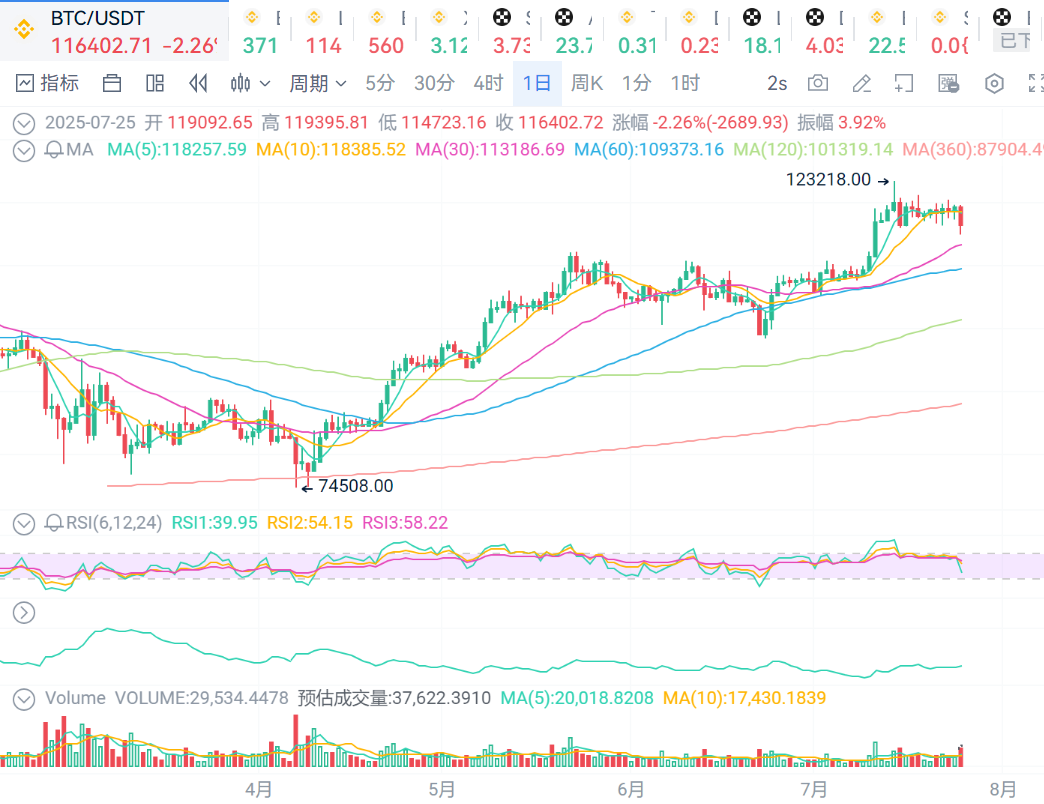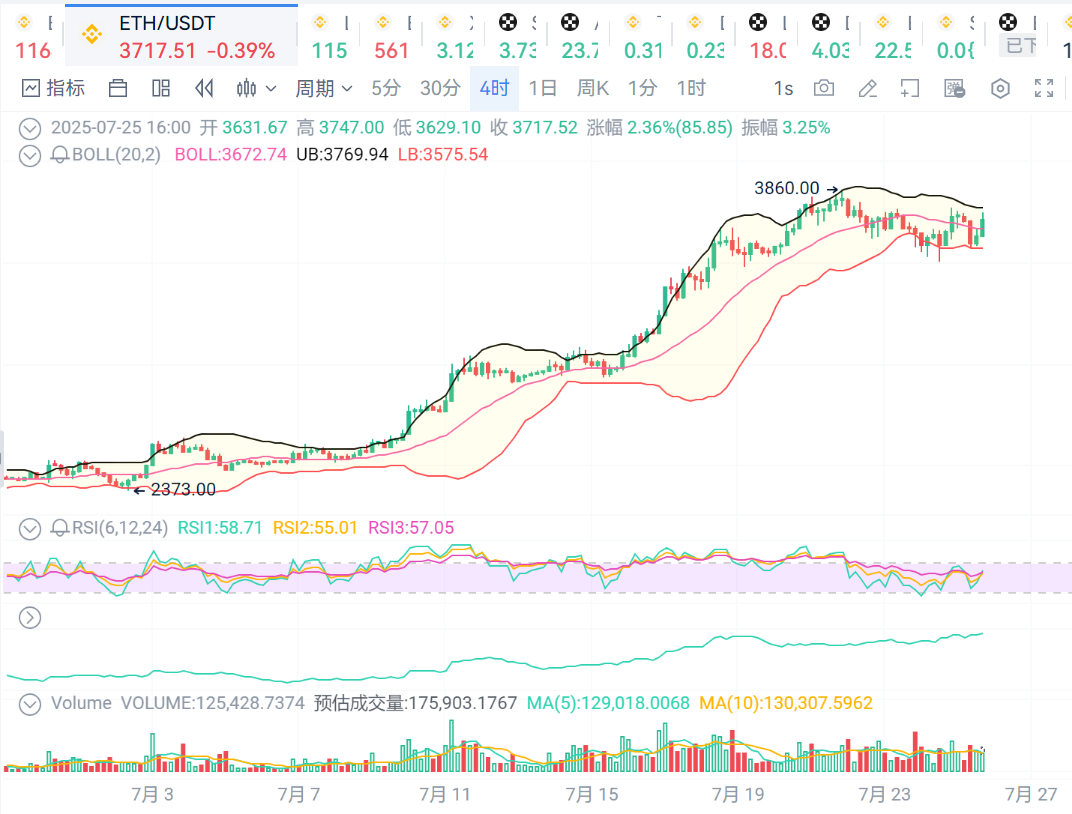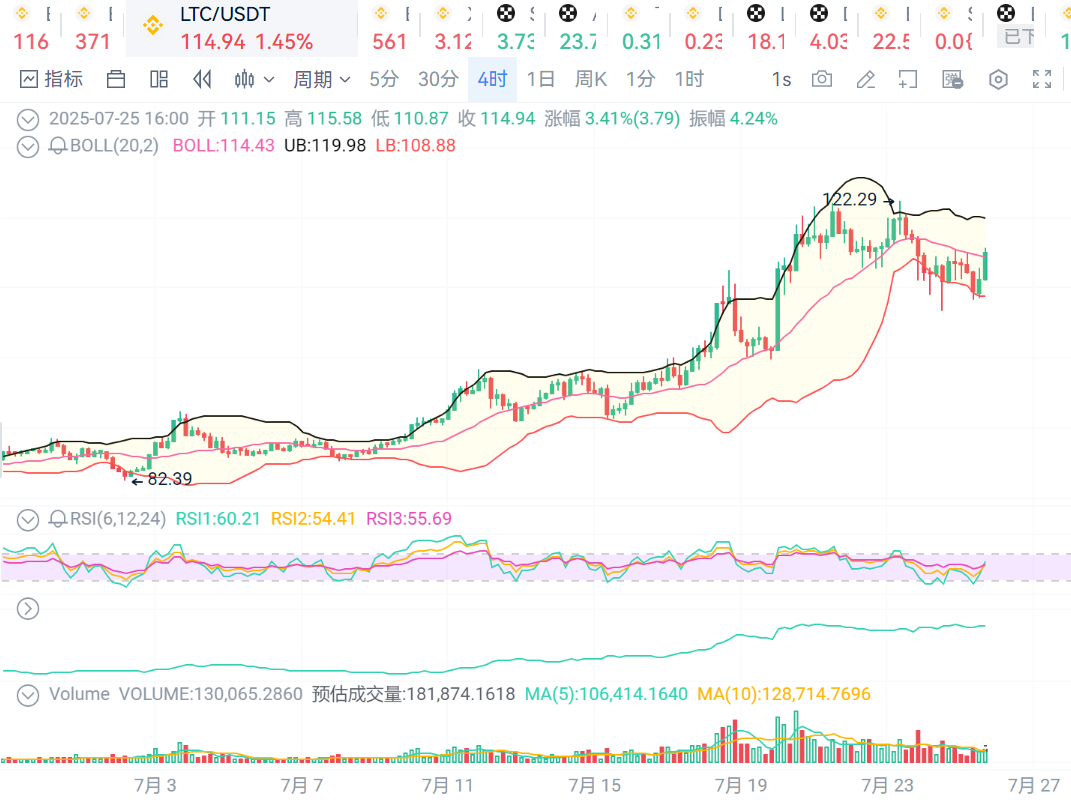Good evening, brothers!
Buffett says that the principle that Berkshire has always adhered to is: never take the risk of permanent loss. Thanks to the prosperity of the U.S. economy and the power of compound interest, if you make a few correct decisions in your life and avoid serious mistakes, you will inevitably be rewarded. For a long time, the amount of cash and U.S. Treasury bonds held by Berkshire has far exceeded the levels considered necessary by traditional views.
Exceeding the necessary level means an extremely abundant margin of safety. Berkshire's extreme financial conservatism gives Buffett reason to believe that Berkshire is fully capable of coping with unprecedented financial crises. When economic turmoil occurs, Berkshire's goal is to assist the country in "putting out fires," rather than becoming one of the many companies that unintentionally or intentionally "start fires." Throughout Buffett's annual letters to shareholders, there is always a sense of "risk prevention" woven into the text.
In my view, the attitude towards leverage should be as resolute as officials' attitude towards bribery: it must firmly eliminate the "first time." Many people have a lucky mentality: just this once, it won't happen again. In fact, once there is a first time, there will definitely be a second, third, and countless times, until liquidation, with hardly any exceptions. Cautious borrowing and avoiding leverage is actually what Buffett refers to as his not-so-secret weapon, and it is also the cornerstone of Berkshire's enduring success.
……
Today, the main driving force of the market is the linkage with the futures market. After a brief adjustment, the futures market continues to rise sharply, further boosting the market's risk appetite. The A-shares are undergoing a counter-involution expansion, allowing low-position sectors to rotate quickly.
After breaking through 3600 points, investors are actually more likely to lose money. This is because investors who missed out will blindly chase high prices under the anxiety of missing out. However, this is clearly a mistake.
At this stage, our advice is to either consider asset allocation from a macro perspective, looking for cost-effectiveness among all assets, or to firmly engage in low-position rotation, choosing assets with lower volatility and reasonable positions.
……
[At the time of the pullback, my position is down to 10%!]
A market pullback is a normal occurrence, and currently, the market has not seen a significant drop, which is already a strong performance. The so-called bull market "is hard to buy back," is it an opportunity or a risk?
To be honest, at present, the short-term pullback risk in the market is greater than the opportunity. Although it is easy to be criticized for "pouring cold water" on everyone during such a hot market, the market facts are just that.
No matter what you buy, buying cheap is what gives you cost-effectiveness. Even the best stocks will have low cost-effectiveness if you buy them at a high price. Therefore, during the rise, I still follow my plan to reduce positions and take some profits. Of course, if a suitable buying price appears, I will also buy according to my trading plan. Although my account has been setting new profits in recent days, my positions are continuously decreasing, which is exactly what I want. Perhaps I am sacrificing some short-term profits, but I can avoid significant market risks, such as a sudden large bearish candle.
Written in a bull market, not everyone may agree, but this is my trading record.
……
[Infrastructure stocks are unlikely to rise significantly in the short term]
Today's market pullback is a normal trend; after a rise, a pullback is expected, and after a pullback, a rebound is also normal.
Recently, the hottest infrastructure sector, with companies like Gaozheng Minbao and Tibet Tianlu, one opened and then sealed, while the other opened and fell by 4.5%. At the same time, there is also Han Jian Shanhe, which went directly from a limit-up to a limit-down.
This is a signal that market funds are beginning to show divergence. In the short term, there may still be opportunities in the infrastructure sector, but the risks for individual stocks, especially popular infrastructure stocks, are too high; you could be left standing guard at any moment!
……
Global stock markets have shown an astonishing upward momentum this year, despite facing multiple challenges such as trade disputes, geopolitical risks, and a declining outlook for global economic growth. What is driving this round of market frenzy is no longer just the traditional sense of "greed," but rather investors' "fear of missing out" (FOMO) on the transformative opportunities that the artificial intelligence revolution may bring.
BTC: On the 4-hour level, the price continues to stay near the lower Bollinger Band, showing a weak price trend.

On the daily level, the price continues to stay below the moving average support, indicating a weak short-term price trend.

In summary, the support level is 116200, and the resistance level is 116600.
ETH: On the 4-hour level, the price continues to stay above the middle Bollinger Band, showing a strong price trend, with a support level of 3710 and a resistance level of 3730.

LTC: The price continues to stay above the middle Bollinger Band, indicating a healthy price trend, with a support level of 110 and a resistance level of 118.

BCH: The price has rebounded strongly, in line with our expectations, and there are short-selling opportunities in the short-term market, with a support level of 550 and a resistance level of 570.

That's all for now, good night!

免责声明:本文章仅代表作者个人观点,不代表本平台的立场和观点。本文章仅供信息分享,不构成对任何人的任何投资建议。用户与作者之间的任何争议,与本平台无关。如网页中刊载的文章或图片涉及侵权,请提供相关的权利证明和身份证明发送邮件到support@aicoin.com,本平台相关工作人员将会进行核查。




